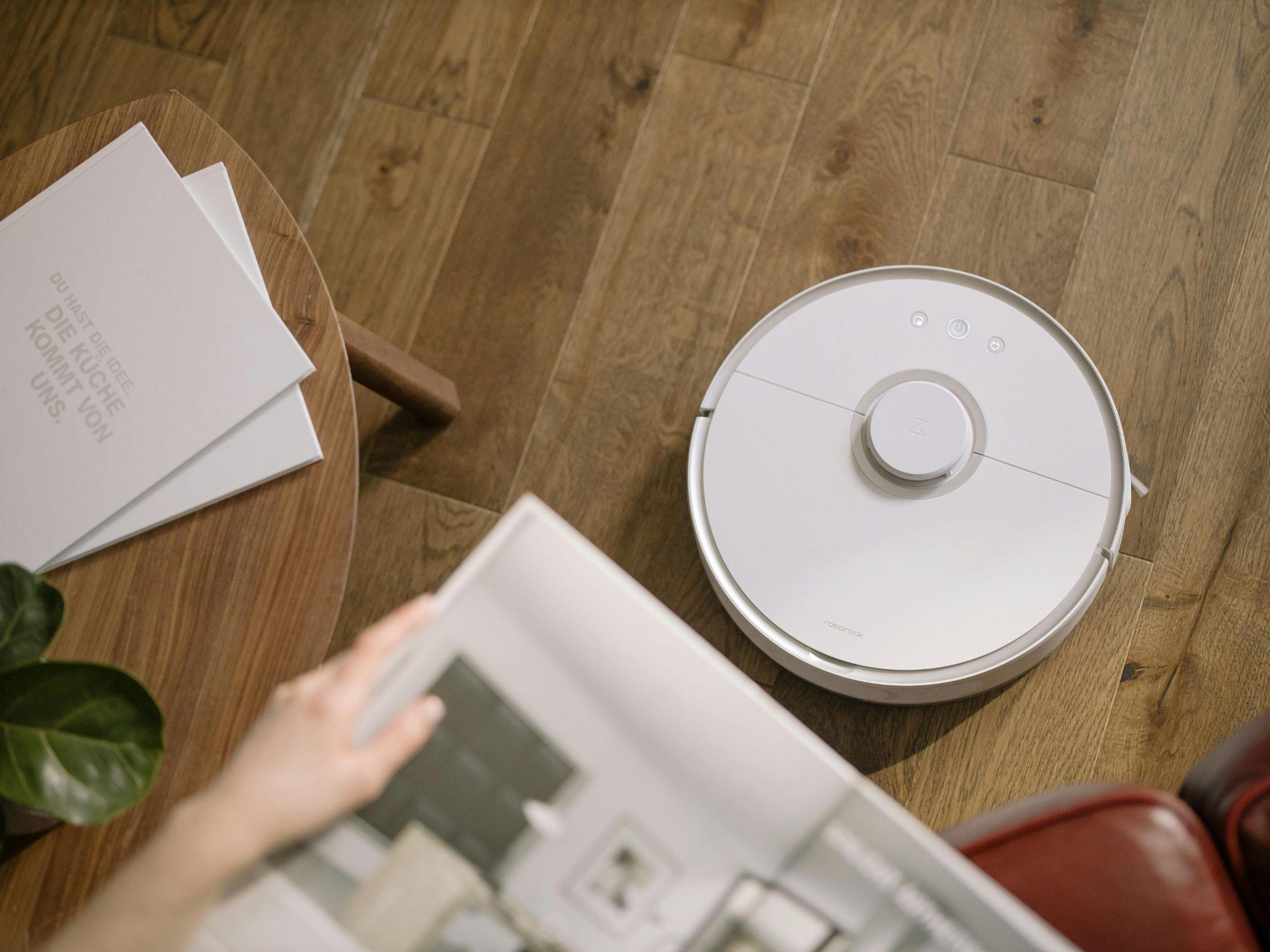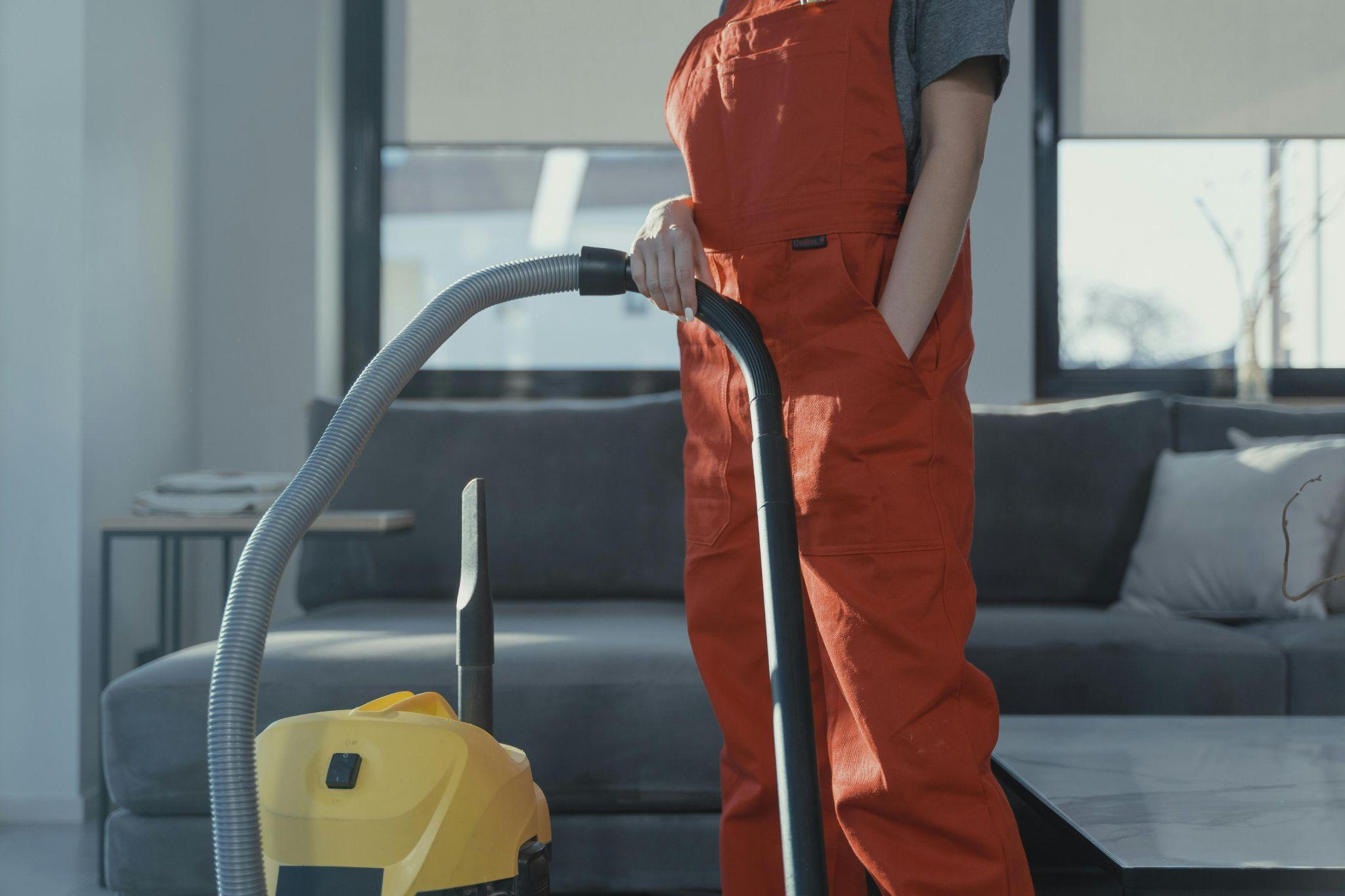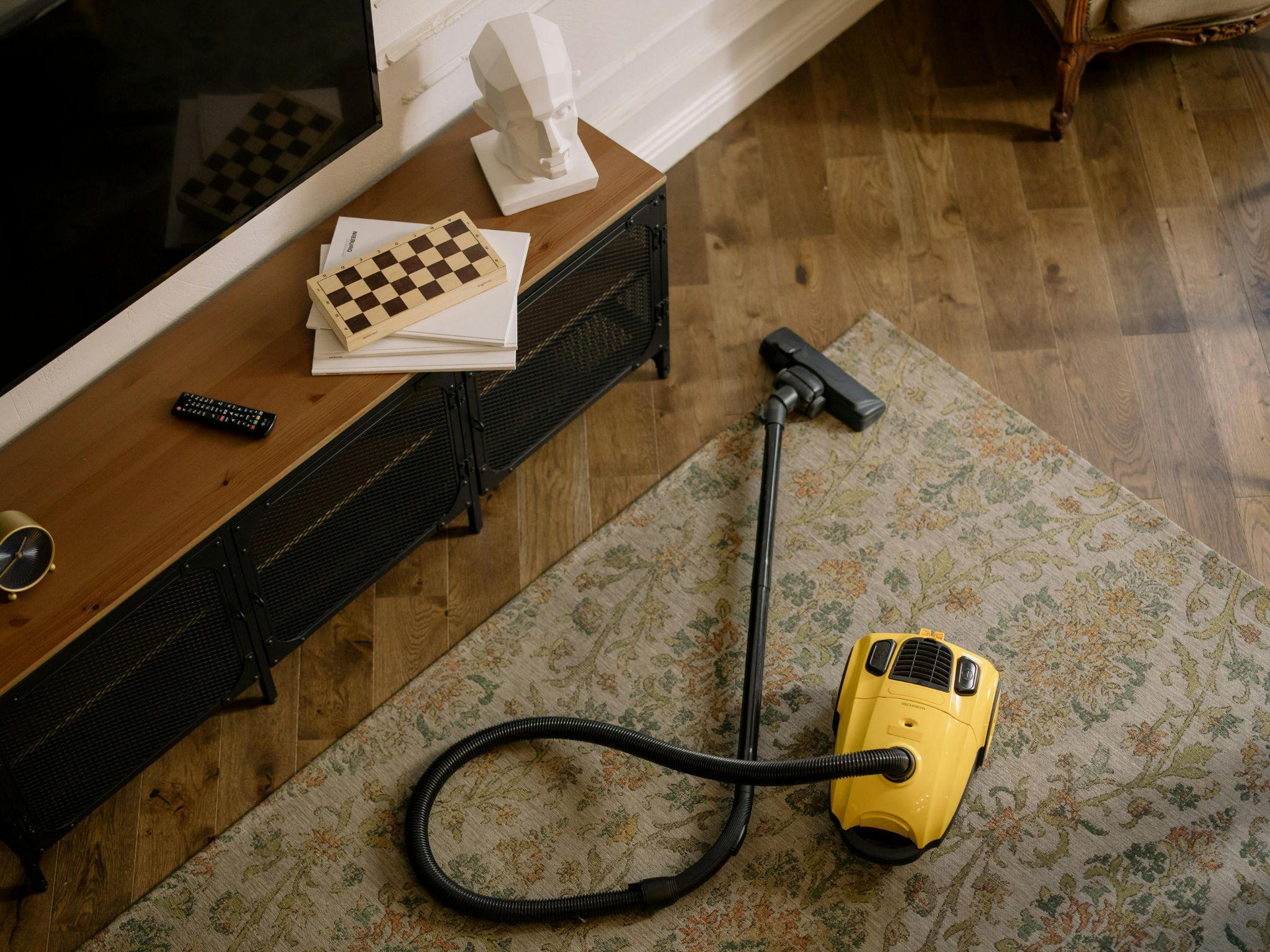Cordless vs. corded vacuums represent one of the most significant debates in modern home cleaning, with each option offering distinct advantages in performance, convenience, and value. While cordless models promise unprecedented mobility and quick-cleanup capabilities, corded vacuums deliver consistent power and reliability that has made them household staples for decades. Understanding which type offers better performance requires examining multiple factors beyond simple suction power, including runtime limitations, maneuverability benefits, and long-term ownership costs.
The choice between these vacuum types ultimately depends on your specific cleaning needs, home size, and lifestyle preferences. According to Consumer Reports, both vacuum categories have evolved significantly, with modern cordless models closing the performance gap while corded units maintain their traditional strengths in sustained cleaning power.
Understanding the Basics of Cordless and Corded Vacuums
Before diving into performance comparisons, it’s essential to understand what fundamentally distinguishes these two vacuum categories and how their core technologies impact cleaning effectiveness. Each type operates on different principles that directly influence their cleaning capabilities, user experience, and practical applications in various home environments.
What Defines a Cordless Vacuum
Cordless vacuums rely on rechargeable lithium-ion batteries to power compact, lightweight motors designed for maximum portability and convenience. These units typically weigh between 4-8 pounds and feature streamlined designs that prioritize maneuverability over raw power.
Key advantages of cordless vacuums include:
- Enhanced portability allowing effortless movement between rooms and floors
- Compact storage options with wall-mounted docking stations
- Zero cord management eliminating tangling and tripping hazards
- Quick deployment for immediate spot cleaning and touch-ups
- Versatile attachments that transform units into handheld cleaners
What Defines a Corded Vacuum
Corded vacuums draw continuous electrical power directly from wall outlets, enabling larger motors that generate superior suction and accommodate bigger dust containers. These traditional units typically weigh 10-20 pounds but compensate with consistent performance throughout cleaning sessions.
Primary strengths of corded vacuums include:
- Uninterrupted runtime allowing complete home cleaning without breaks
- Superior suction power from high-wattage motors (1000-1400 watts)
- Larger dust capacity reducing emptying frequency during extended use
- Consistent performance maintaining peak suction throughout operation
- Lower long-term costs without battery replacement requirements
Performance Face-Off: Suction, Runtime, and Power Consistency
Performance metrics reveal significant differences between cordless and corded vacuum capabilities, particularly in sustained cleaning power and operational consistency. While technological advances have improved cordless performance substantially, fundamental physics and battery limitations create distinct performance profiles for each vacuum type.
Suction and Motor Power
Motor power represents the most significant performance differentiator between vacuum types, with corded units delivering substantially higher wattage and sustained suction capabilities.
| Feature | Cordless Vacuums | Corded Vacuums |
|---|---|---|
| Motor Power | 100-200 watts | 1000-1400 watts |
| Suction Consistency | Decreases with battery drain | Constant throughout use |
| Deep Carpet Performance | Moderate to good | Excellent |
| Hard Floor Cleaning | Excellent | Excellent |
Battery-powered motors in cordless units must balance power output with battery life, typically providing 15-60 minutes of operation depending on suction settings. Plug-in motors in corded vacuums maintain consistent performance indefinitely, making them superior for thorough, whole-house cleaning sessions.
Runtime vs. Unrestricted Power
The runtime versus power trade-off represents a fundamental limitation that affects real-world cleaning effectiveness and user satisfaction.
Understanding cordless runtime limitations:
- High-power mode typically provides 8-15 minutes of maximum suction
- Standard mode offers 20-40 minutes of moderate cleaning power
- Eco mode extends runtime to 45-60 minutes with reduced performance
- Charging requirements create 2-4 hour interruptions between uses
- Battery degradation progressively reduces runtime over 2-3 years
Corded vacuums eliminate these constraints entirely, providing unlimited operation time and consistent performance throughout extended cleaning sessions, making them ideal for comprehensive home maintenance.
Convenience, Maneuverability, and Real-World Use

User experience factors often prove more decisive than raw performance specifications, particularly for households prioritizing convenience and ease of use over maximum cleaning power. Modern lifestyles increasingly favor quick, efficient cleaning solutions that adapt to busy schedules and varied living spaces.
Portability and Ease of Use
Lightweight design and cord-free operation provide cordless vacuums with substantial advantages in specific cleaning scenarios and home environments.
Optimal cordless use-cases include:
- Stair cleaning without cord dragging or outlet limitations
- Vehicle interiors with complete mobility freedom
- Quick spill cleanup requiring immediate deployment
- Tight spaces like closets, under furniture, and narrow hallways
- Above-floor cleaning including upholstery, curtains, and shelving
- Multi-level homes eliminating cord management between floors
Handling Limitations
Corded vacuums present inherent maneuverability challenges that can significantly impact user experience and cleaning efficiency, particularly in complex home layouts.
Common corded vacuum limitations:
- Tripping hazards from trailing power cords during operation
- Outlet dependence limiting cleaning radius and requiring frequent unplugging
- Storage bulk demanding dedicated closet space and cord management
- Stair cleaning difficulty requiring careful cord positioning and safety considerations
- Furniture navigation complicated by cord snags and tangles
Cost, Maintenance, and Longevity
Total ownership costs extend far beyond initial purchase prices, encompassing maintenance requirements, replacement parts, and expected operational lifespan. Research from Good Housekeeping indicates that understanding these long-term factors proves crucial for making economically sound vacuum decisions.
Upfront Costs and Long-Term Expenses
Initial investment and ongoing expenses vary significantly between vacuum types, with hidden costs often surprising first-time cordless owners.
Typical cost considerations include:
- Entry-level cordless: $100-200 (2-3 year battery life)
- Premium cordless: $300-600 (advanced features, longer runtime)
- Budget corded: $80-150 (basic upright or canister models)
- High-end corded: $200-500 (HEPA filtration, advanced features)
- Battery replacement: $50-150 every 2-3 years for cordless units
- Filter replacements: $20-40 annually for both types
Maintenance and Expected Lifespan
Maintenance requirements and operational longevity directly impact long-term value and user satisfaction across both vacuum categories.
| Maintenance Aspect | Cordless Vacuums | Corded Vacuums |
|---|---|---|
| Expected Lifespan | 3-5 years | 8-12 years |
| Battery Replacement | Every 2-3 years | Not applicable |
| Filter Changes | Every 6 months | Every 6-12 months |
| Motor Repairs | Rare, usually replace | Common, often repairable |
| Overall Durability | Moderate | High |
Battery degradation represents the primary limitation for cordless vacuum longevity, while motor durability and repairable components give corded units significant advantages in long-term reliability.
Choosing Based on Home Needs and Cleaning Habits

Matching vacuum type to specific living situations and cleaning preferences ensures optimal performance and user satisfaction. Consider your home’s unique characteristics, cleaning frequency, and lifestyle demands when evaluating options.
Apartment or Small Space Focus
Compact living environments naturally favor cordless vacuum advantages, where storage limitations and quick cleaning needs outweigh raw power requirements.
Ideal cordless scenarios include:
- Studio apartments with minimal storage and simple layouts
- Quick daily maintenance requiring 5-10 minute cleaning sessions
- Hard floor dominance with minimal carpeting throughout home
- Limited outlet access in older buildings or unique layouts
- Frequent light cleaning rather than weekly deep-cleaning sessions
Large Home or Deep-Cleaning Priority
Extensive square footage and thorough cleaning requirements favor corded vacuum capabilities, where sustained power and unlimited runtime prove essential.
Corded vacuum advantages for large homes:
- High-pile carpets requiring powerful, sustained suction for effective cleaning
- Whole-house cleaning sessions lasting 45+ minutes without interruption
- Pet hair removal from multiple rooms and furniture pieces
- Deep weekly cleaning rather than daily maintenance routines
- Multiple floor types benefiting from consistent, powerful performance
Hybrid Approach: Why You Might Need Both
Dual-vacuum strategies increasingly appeal to households seeking to maximize cleaning efficiency while accommodating diverse cleaning scenarios. This approach leverages each vacuum type’s strengths while minimizing their respective limitations.
Dual-Vacuum Strategy
Complementary vacuum use optimizes cleaning effectiveness by assigning appropriate tools to specific tasks and maintaining overall home cleanliness standards.
Implementing an integrated cleaning routine:
- Deploy cordless units for daily spot cleaning and quick maintenance tasks
- Reserve corded power for weekly deep-cleaning sessions and thorough carpet care
- Utilize cordless mobility for stairs, cars, and above-floor cleaning needs
- Leverage corded consistency for large area rugs and high-traffic zones
- Maintain both systems with proper storage and regular maintenance schedules
Conclusion
Cordless vs. corded vacuums each excel in distinct performance areas, with optimal choice depending on your specific home environment, cleaning priorities, and lifestyle preferences. Cordless models deliver unmatched convenience, portability, and quick-deployment capabilities that suit modern, fast-paced lifestyles and smaller living spaces. Corded vacuums maintain superiority in sustained power, deep-cleaning performance, and long-term reliability that benefits larger homes and thorough cleaning routines.
Rather than declaring one type universally superior, consider how vacuum performance aligns with your unique cleaning challenges, space constraints, and maintenance preferences. Whether choosing a single solution or implementing a dual-vacuum strategy, understanding each type’s strengths and limitations ensures you select the optimal cleaning tools for maintaining your home’s cleanliness standards efficiently and effectively.

